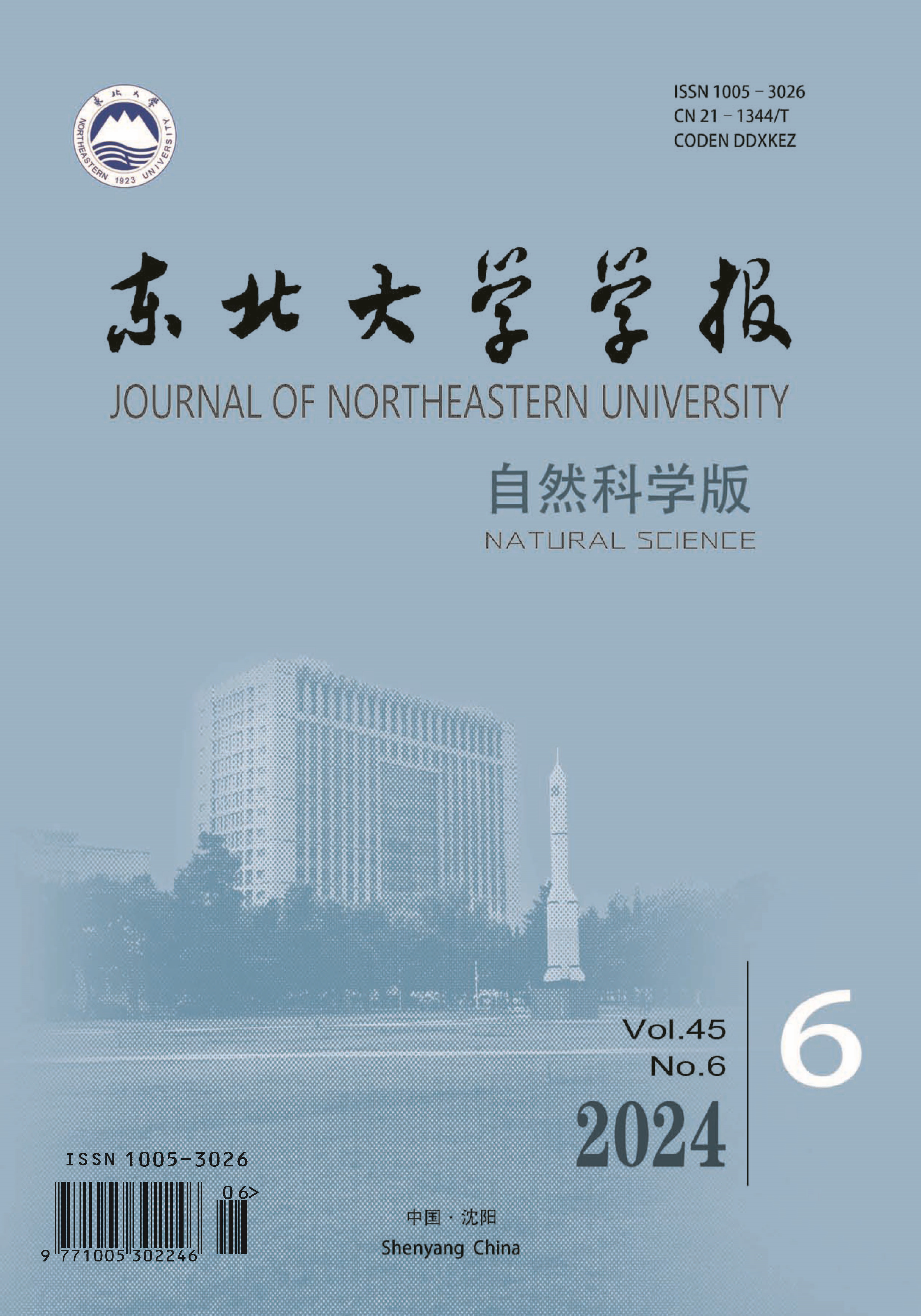A method for anomaly detection and fault diagnosis of elevator door machine operation is proposed. Firstly, the opening and closing door curve is spearated from the operation data of the elevator door machine and divided it into 10 operating segments, and the data characteristics of each section is extracted. Secondly, an anomaly detection method based on boxplot is proposed, and the accumulated data characteristics of each running section are used for anomaly diagnosis. In order to prevent the diagnostic error caused by the data not satisfying the normal distribution, the normality test method of the feature data of the door machine is added, and the Box-Cox transformation is performed on the data that does not meet the normal distribution. Finally, the segmented feature data of the elevator door is extracted, and the extreme learning machine(ELM) is used to train the classification model for three faults: door knife jamming fault, overall resistance increase fault and synchronous belt loosening fault. Experiments have verified that the proposed anomaly detection method and fault diagnosis method have high accuracy and value of application and promotion.

